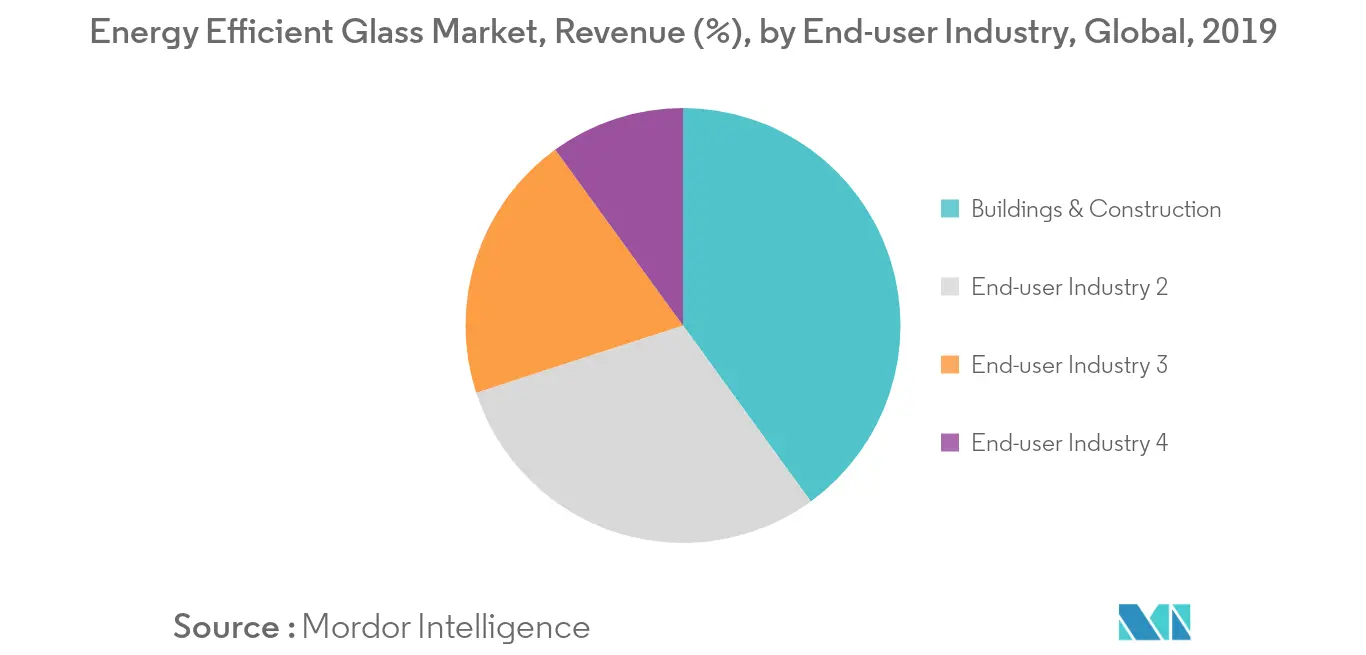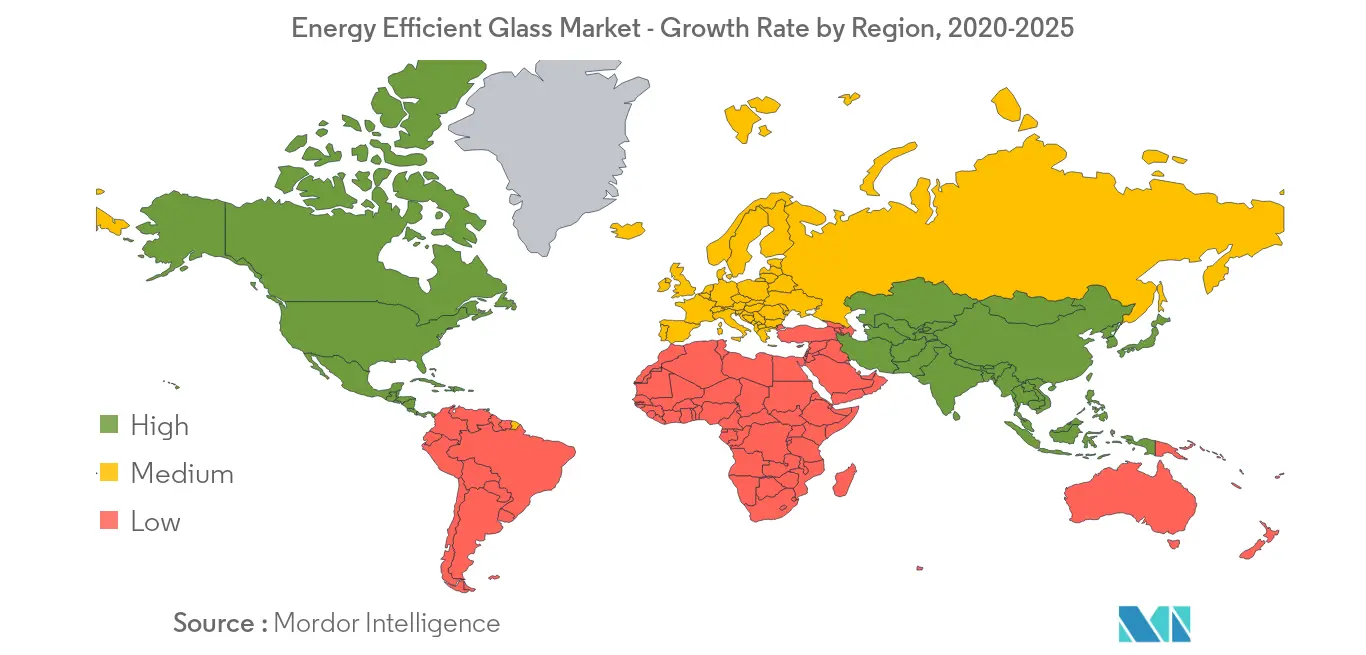Market Trends of Energy-efficient Glass Industry
This section covers the major market trends shaping the Energy Efficient Glass Market according to our research experts:
Growing Demand from the Building and Construction Sector
- Energy-efficient glasses are incorporated with coatings (low-emissivity) to prevent the passing of heat through the windows. This makes the windows thermally insulated and hence improves the energy-efficiency of a home, thereby, helping save money on heating bills.
- In the building and construction sector, these glasses are used to improve energy efficiency. Windows, doors, conservatories and roof lights can all benefit from the use of energy-efficient glasses by retaining the heat in and thereby conserving energy.
- The Chinese government rolled out massive construction plans, including making provisions for 250 million people in its new megacities, over the next ten years, creating scope for energy-efficient glass market over the coming years.
- Growing construction activity coupled with increasing concern toward energy conservation is driving the market for energy-efficient glasses during the forecast period.

European Region to Dominate the Market
- Europe is expected to dominate the global market for energy-efficient glass, owing to the growing construction industry in countries, such as United Kingdom, Germany, Italy, and France.
- The largest producers of energy-efficient glasses are located in Europe. Some of the leading companies in the manufacture of energy efficient glasses are Saint-Gobain, Nippon Sheet Glass Co., Ltd, AGC Glass Europe, Morley Glass & Glazing Ltd, Cardinal Glass Industries, Inc.
- Low-emissivity glass is a type of energy-efficient glass designed to prevent heat escaping through the windows. Low-e glass has an invisible coating which dramatically reduces heat transfer and reflects interior heat back into the room.
- According to the European Commission, in 2019 an estimated number of 570 projects have been registered for receiving EUR 60 million funding towards construction of the projects, hence increasing the scope of energy efficient glass market.
- Using energy-efficient glasses in windows or doors reduces the home’s CO2 output, making carbon footprint smaller and more environmentally friendly.
- It is estimated that about 6 lakh new houses in Sweden, 3 lakh new houses in Germany are to be built by 2025 to meet the demand from growing population.
- The aforementioned factors, coupled with government support, are contributing to the increasing demand for energy efficient glasses and is expected increase during the forecast period.

